Schotia brachypetala (Weeping Boer-bean)
Top Tropicals Plant Encyclopedia
Botanical name: Schotia brachypetala
Common names: Weeping Boer-bean, Huilboerboon, Tree Fuchsia, African Walnut
Family: Fabaceae
Subfamily: Caesalpinioideae
Origin: South Africa










Schotia brachypetala, commonly known as Weeping Boer-bean, can produce hundreds of fruit per season which are edible and have sour/ sweet taste. Fruits are usually dark purple but have a yellowish coating. It is a native tree of South Africa. It is an evergreen plant that produces attractive red, crimson and vinous flowers in spring. It is primarily an ethnomedical plant and is used in traditional medicine for treating nervous heart conditions. The fruit is rich in antioxidants, vitamins, and dietary fiber. It contains mixtures of tartaric, malic, citric acid, and anthocyanins which have anti-inflammatory properties.
The tree can grow up to 20 feet tall and can be grown in USDA Zone 9-11. It requires full sun or semi-shade and moderate water to thrive. It takes well to transplanting, and can grow quickly in warm, frost-free areas if planted in deep sandy soil, with plenty of compost and water. Young plants are however half-hardy to frost and require protection.
Schotia brachypetala is attractive to butterflies and hummingbirds and produces edible fruits which have a sour/sweet taste and are dark purple in colour with a yellowish coating. The fruits are a good source of antioxidants, vitamins, dietary fiber, and a mixture of tartaric, malic, citric acid and anthocyanins which have anti-inflammatory, anti-cancer, and anti-viral properties. The tree may produce hundreds of fruits in a season and the seeds are edible after roasting.
In cold regions, Schotia brachypetala can be grown in pots and should be provided with adequate protection. It needs to be placed in a warm, sunny position and should be watered liberally with a general-purpose granular fertilizer during the growing season. It is important to ensure that the soil is deep, well-aerated and sandy while mulching should be done to conserve moisture and reduce the growth of weeds.
Similar plants: Schotia brachypetala (Weeping Boer-bean)
Recommended Fertilizer: SUNSHINE C-Cibus - Crop Nutrition Booster
SUNSHINE-Honey - sugar booster
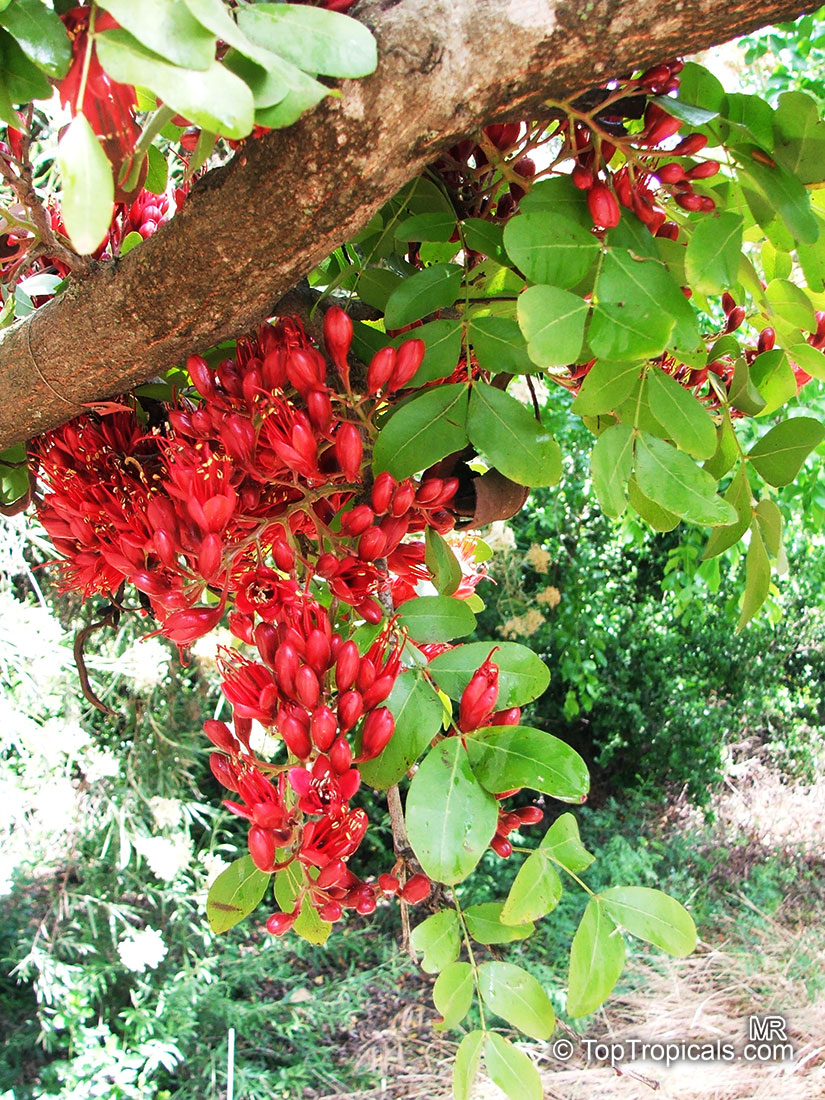
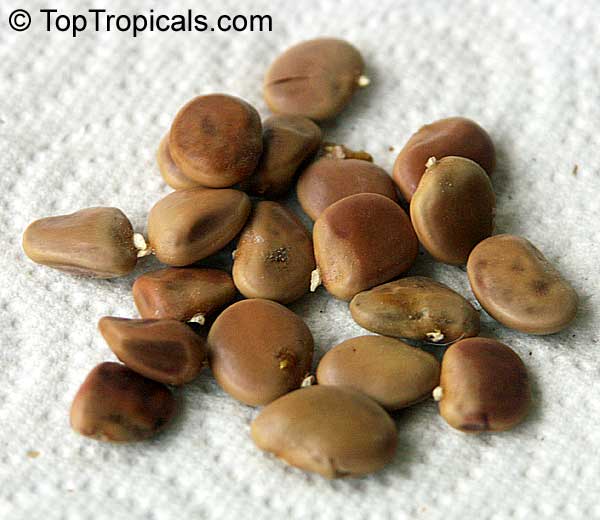
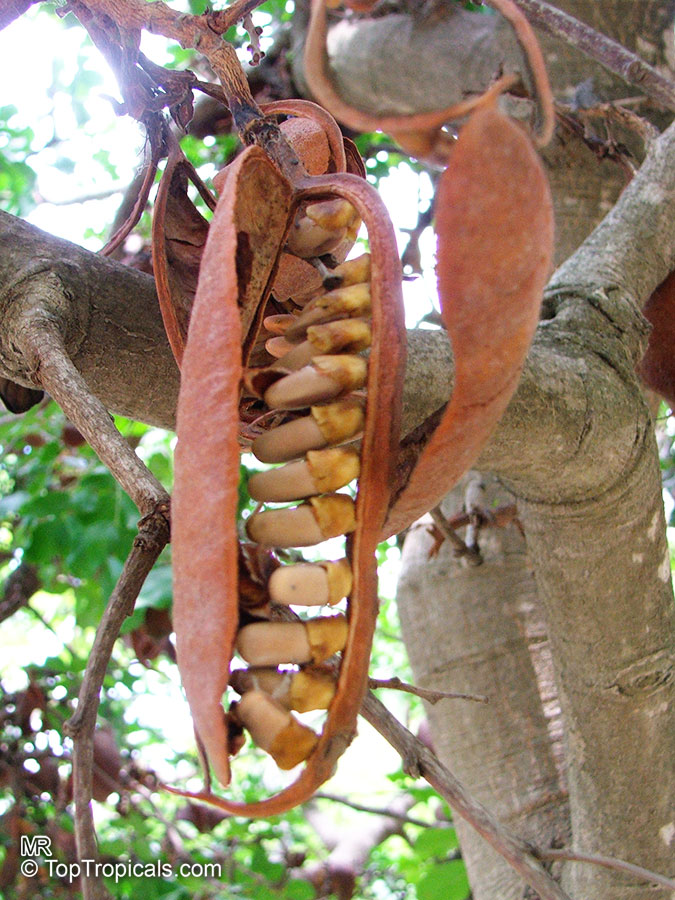
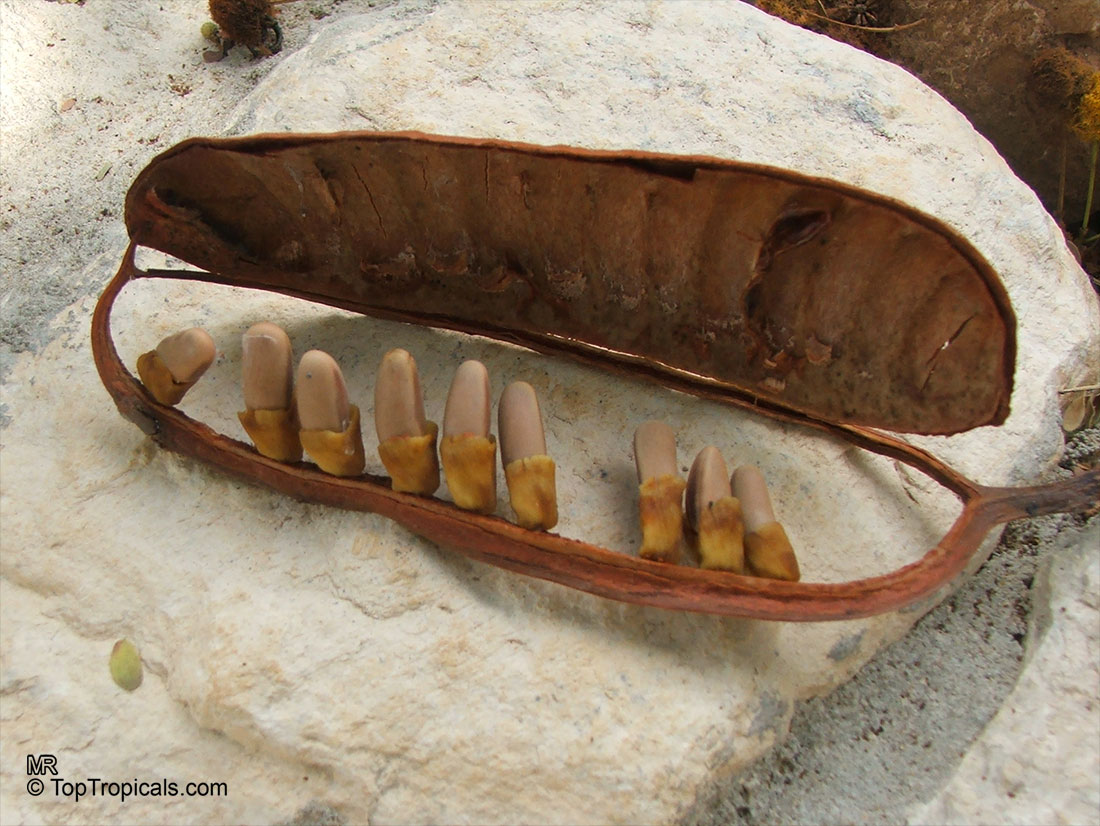
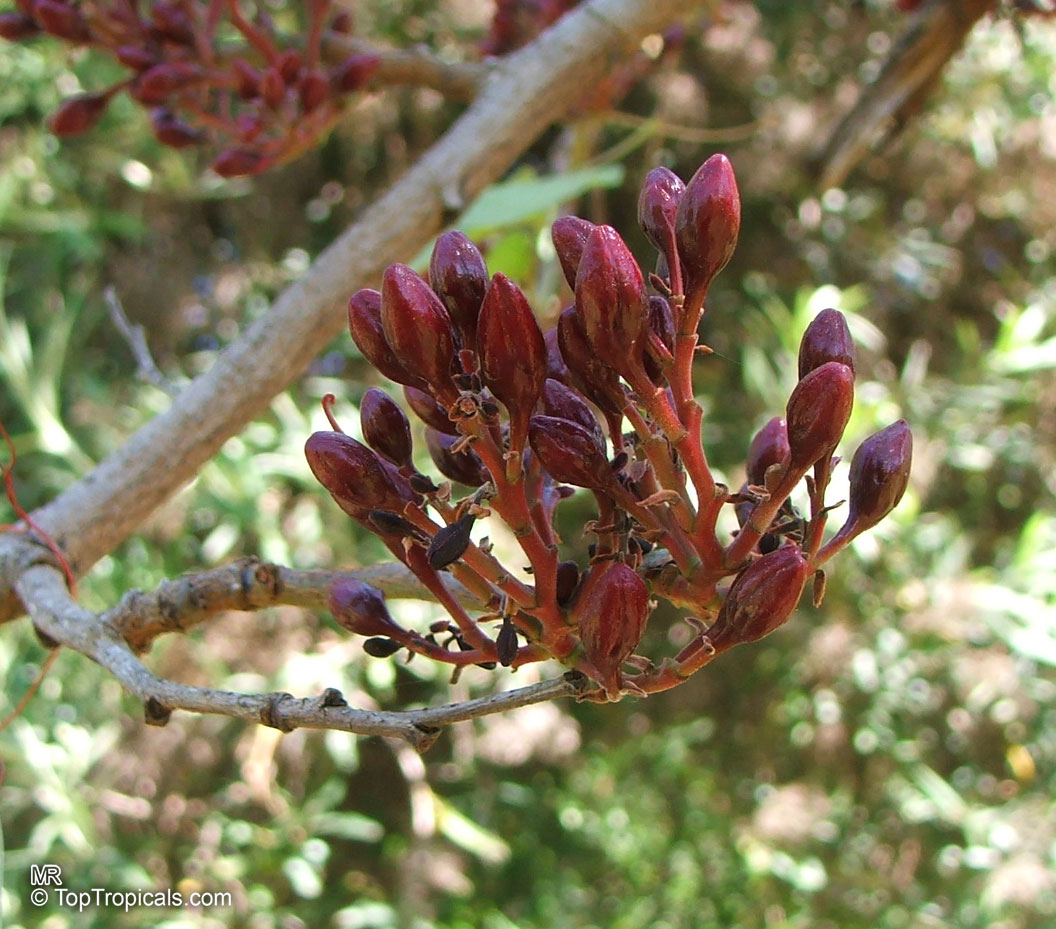

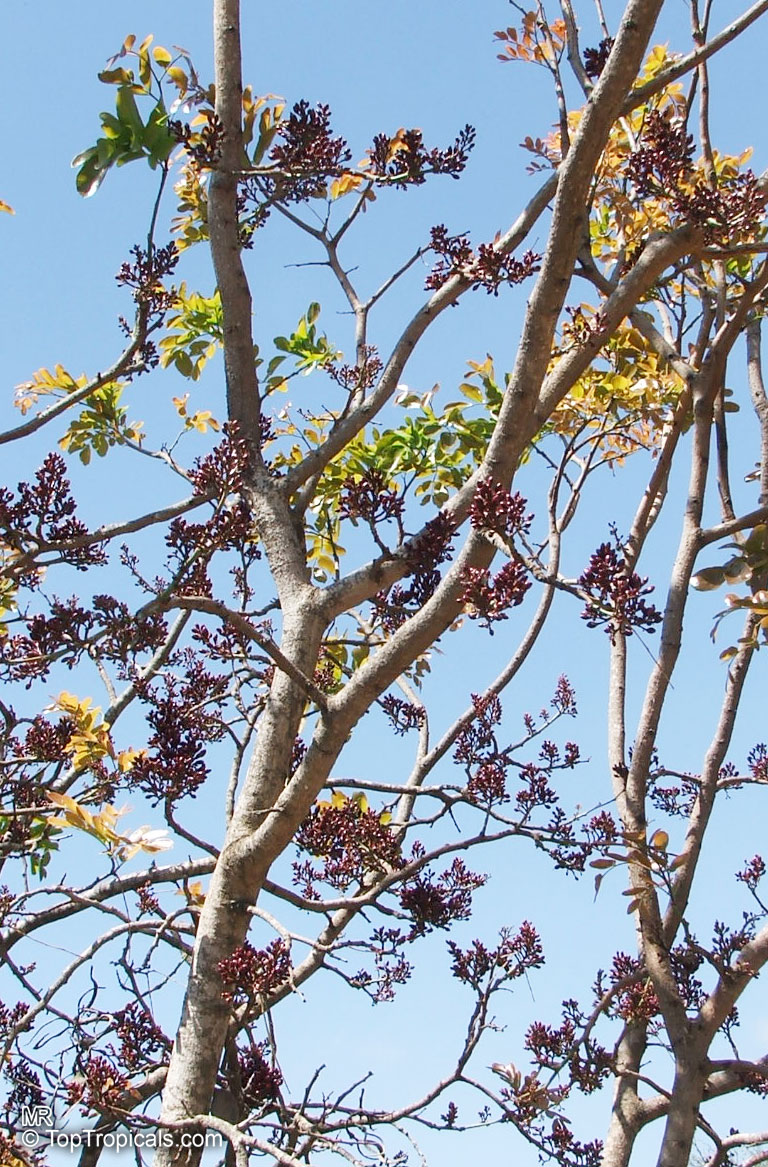
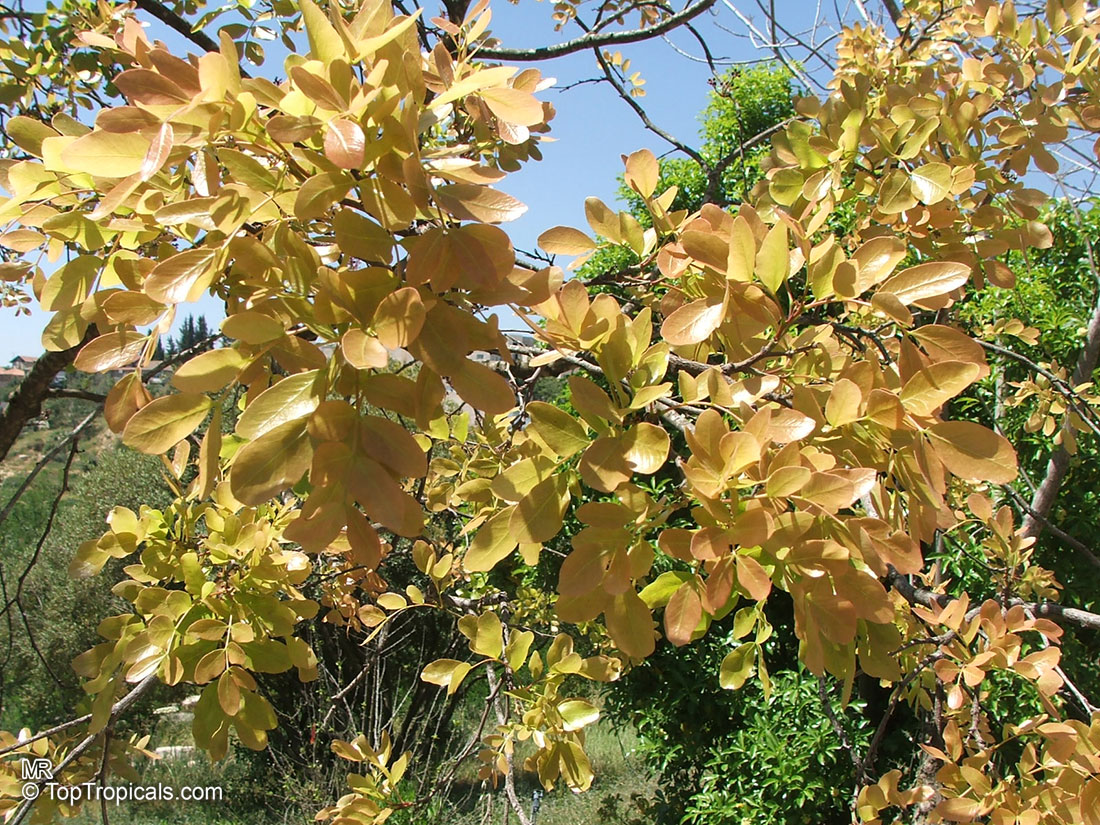
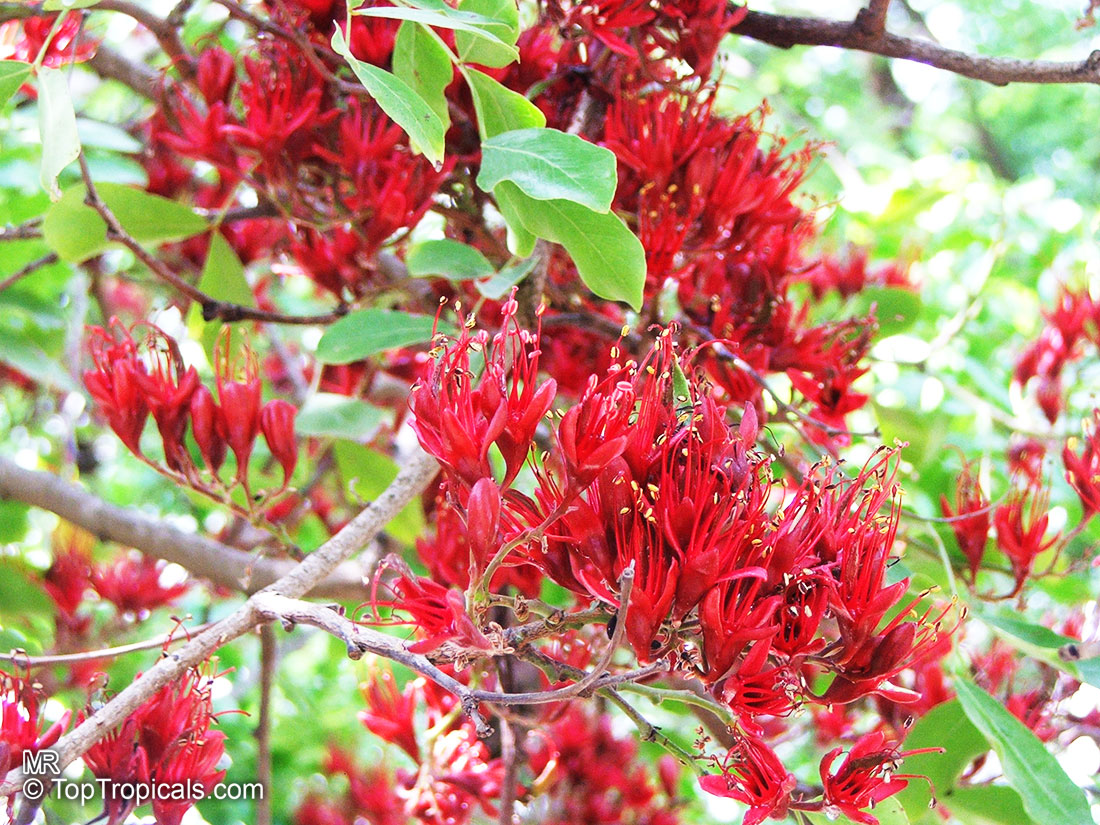
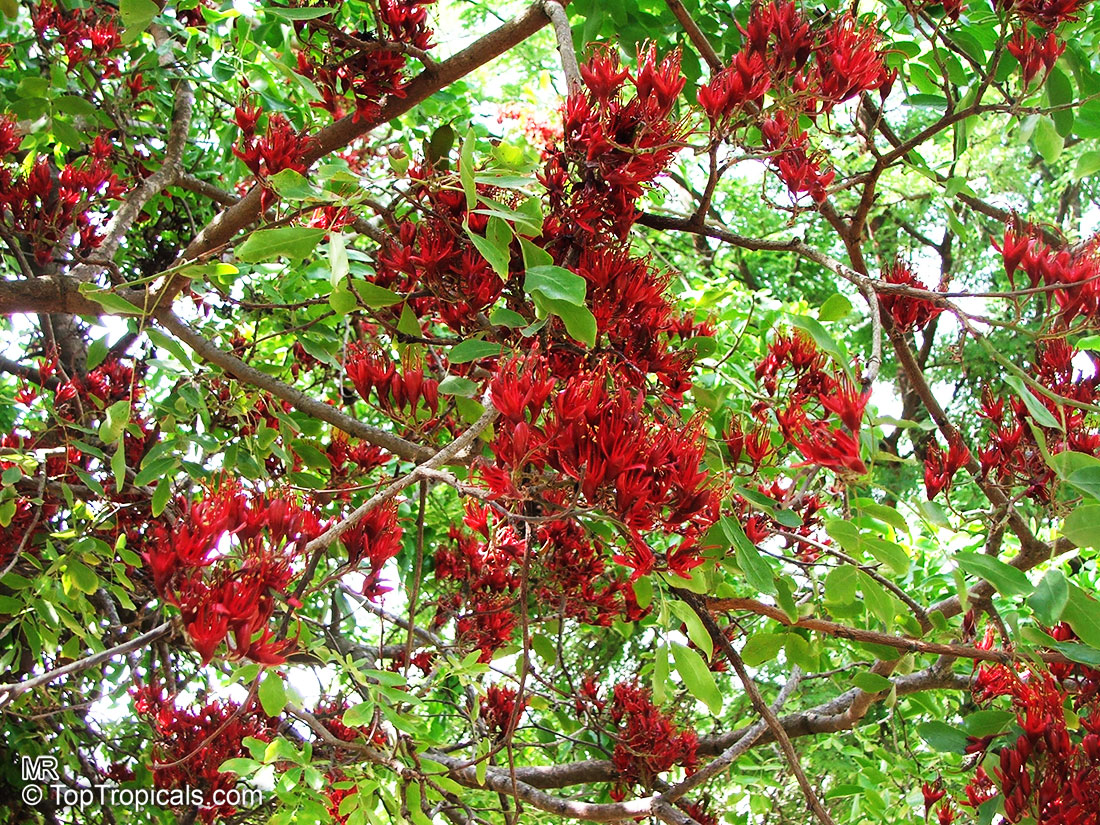
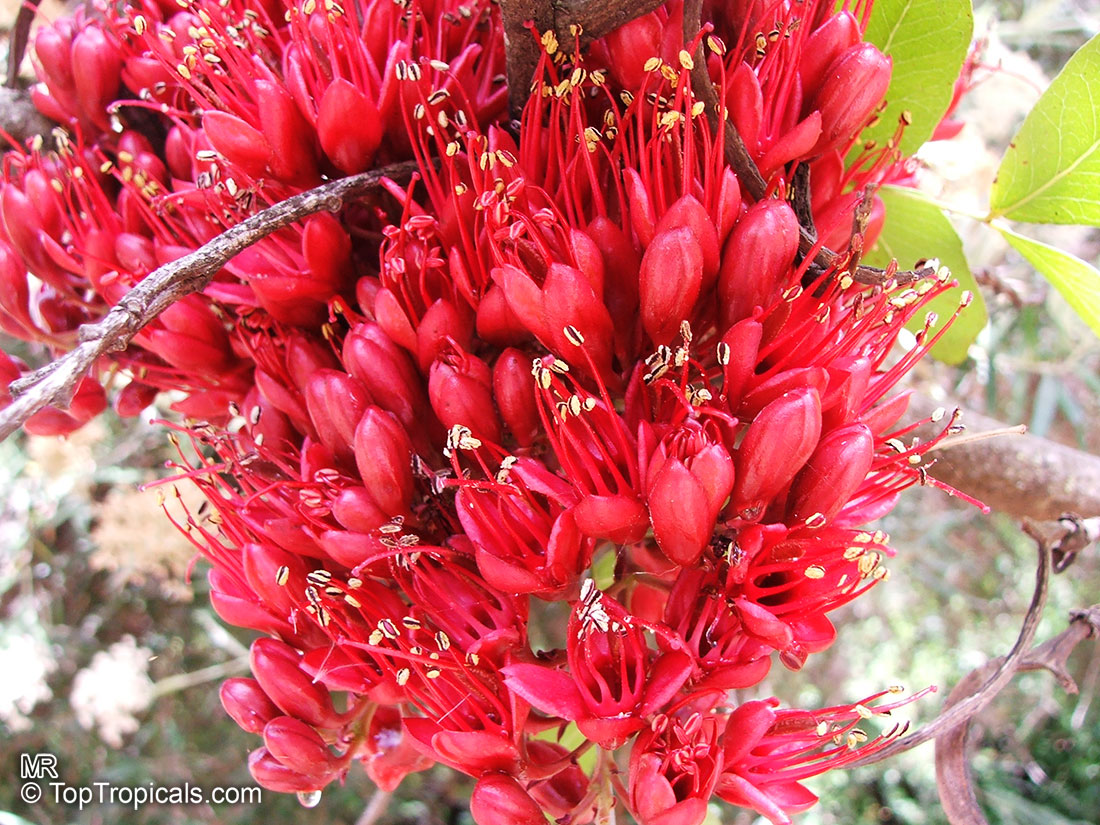
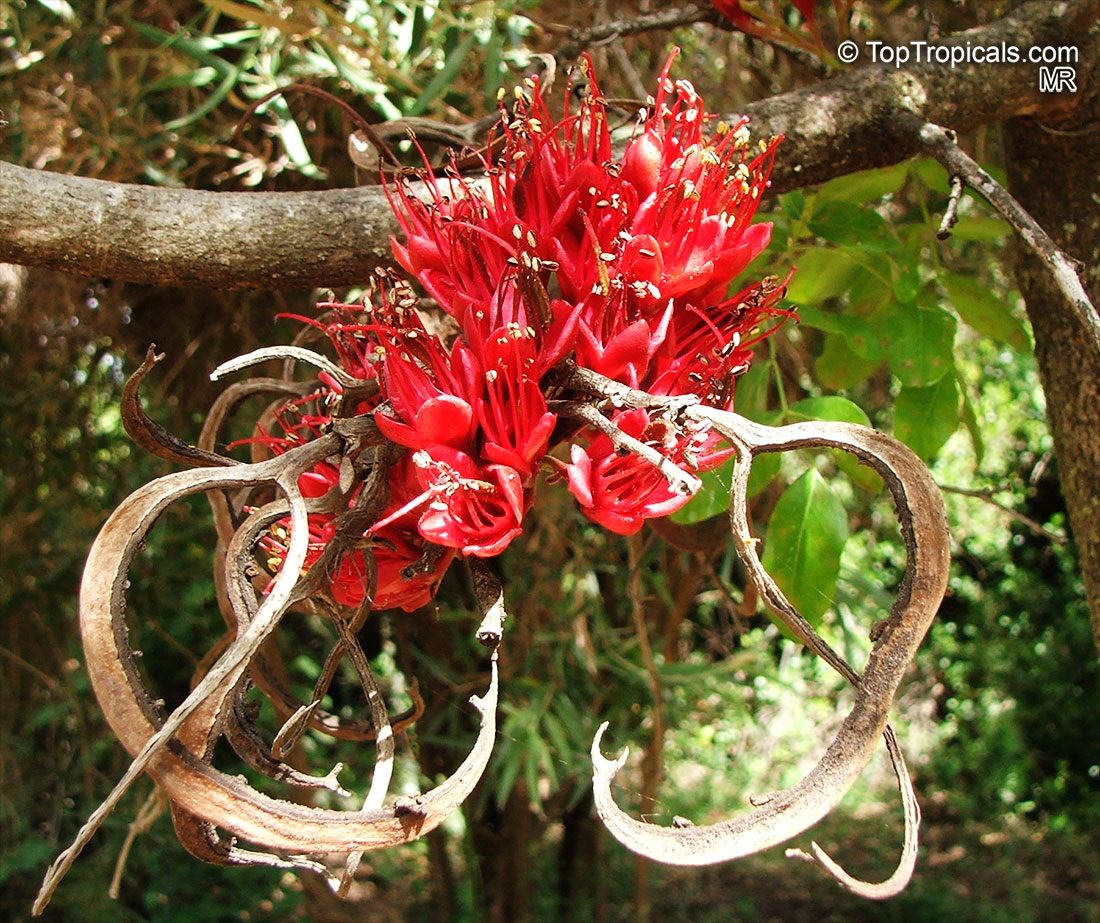
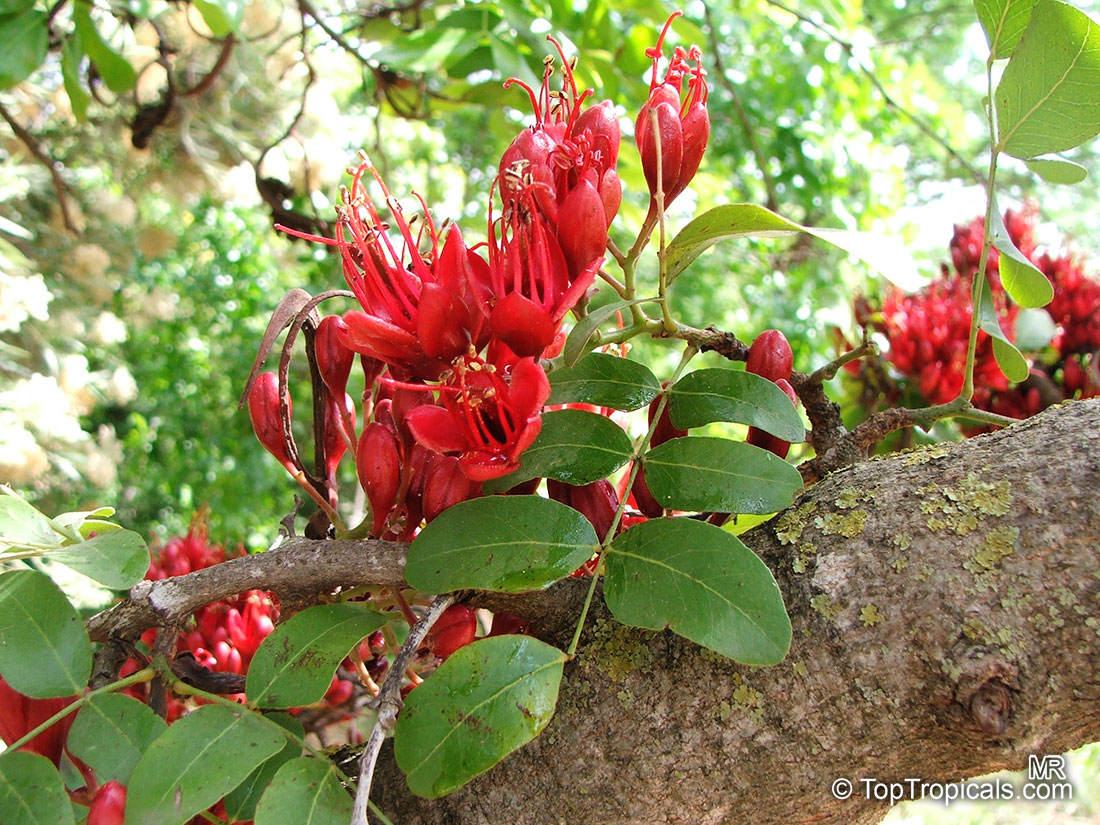
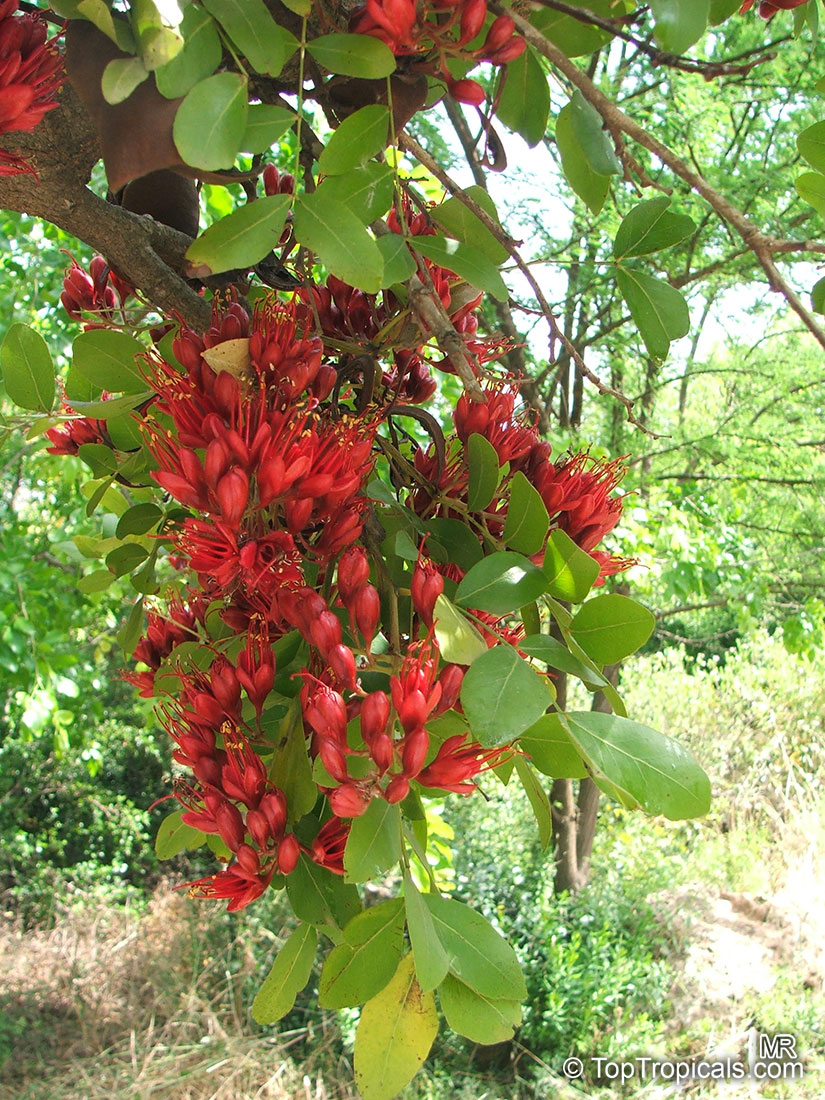
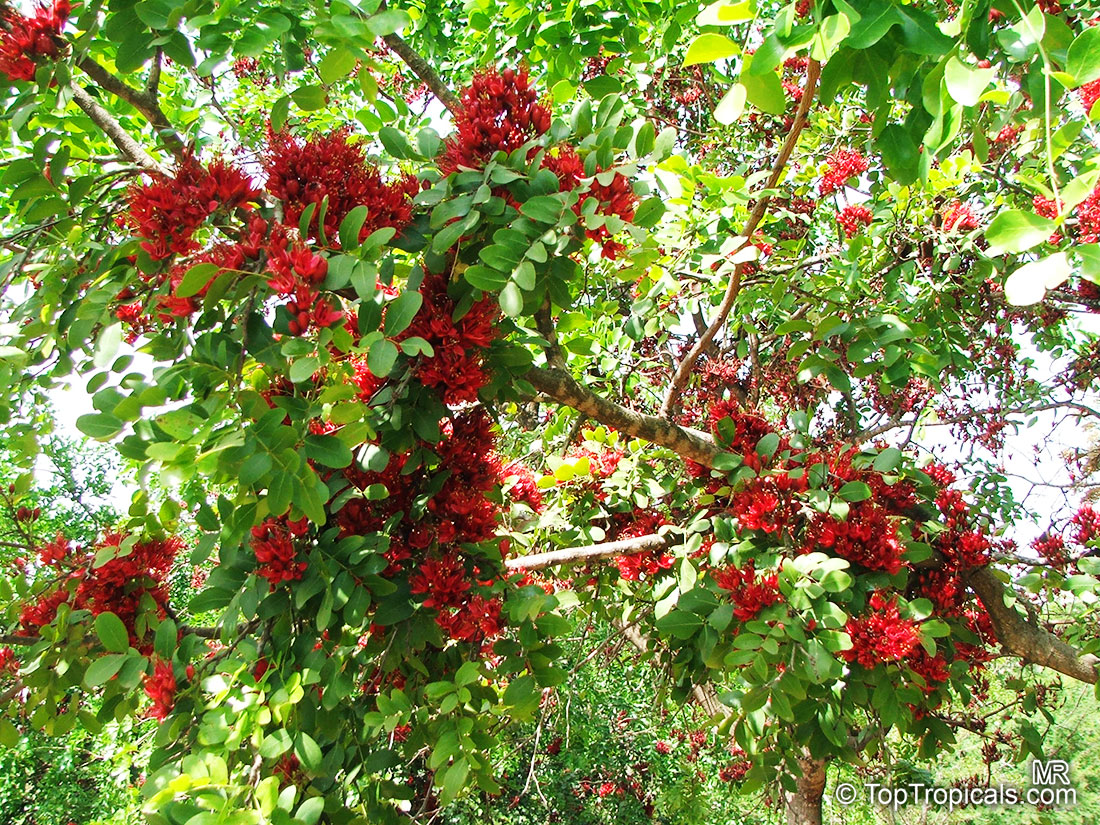
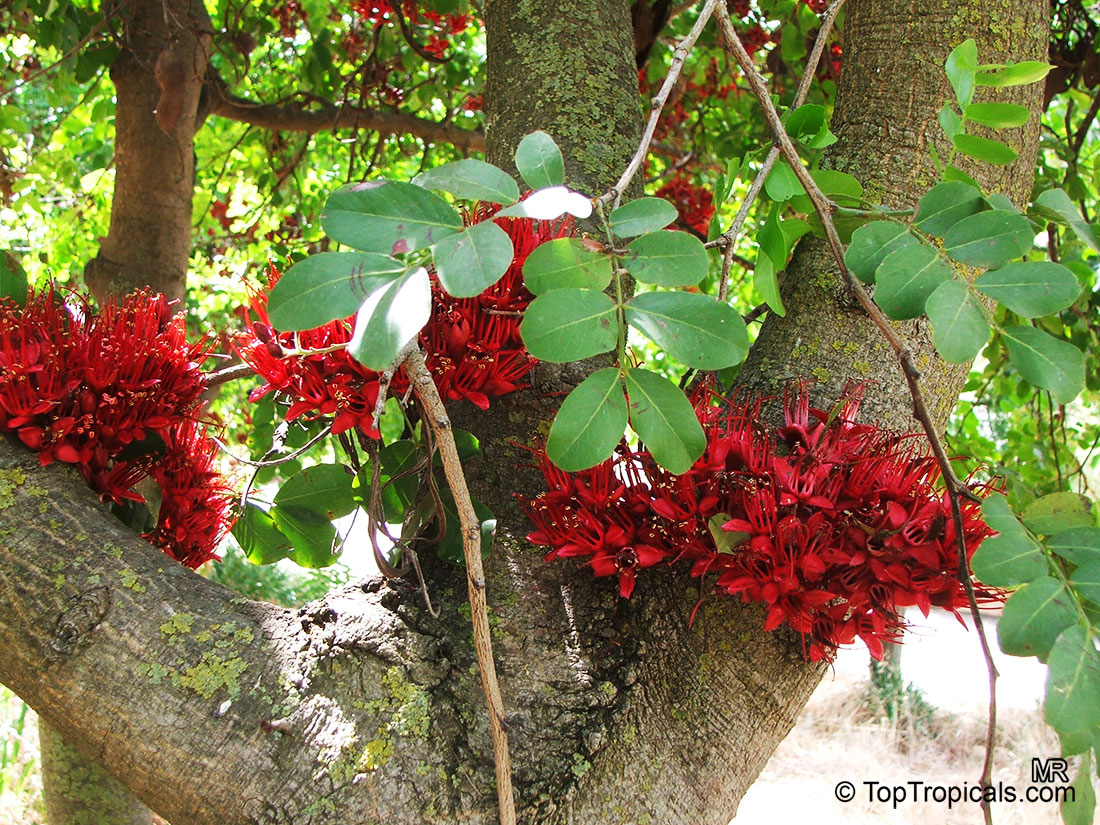
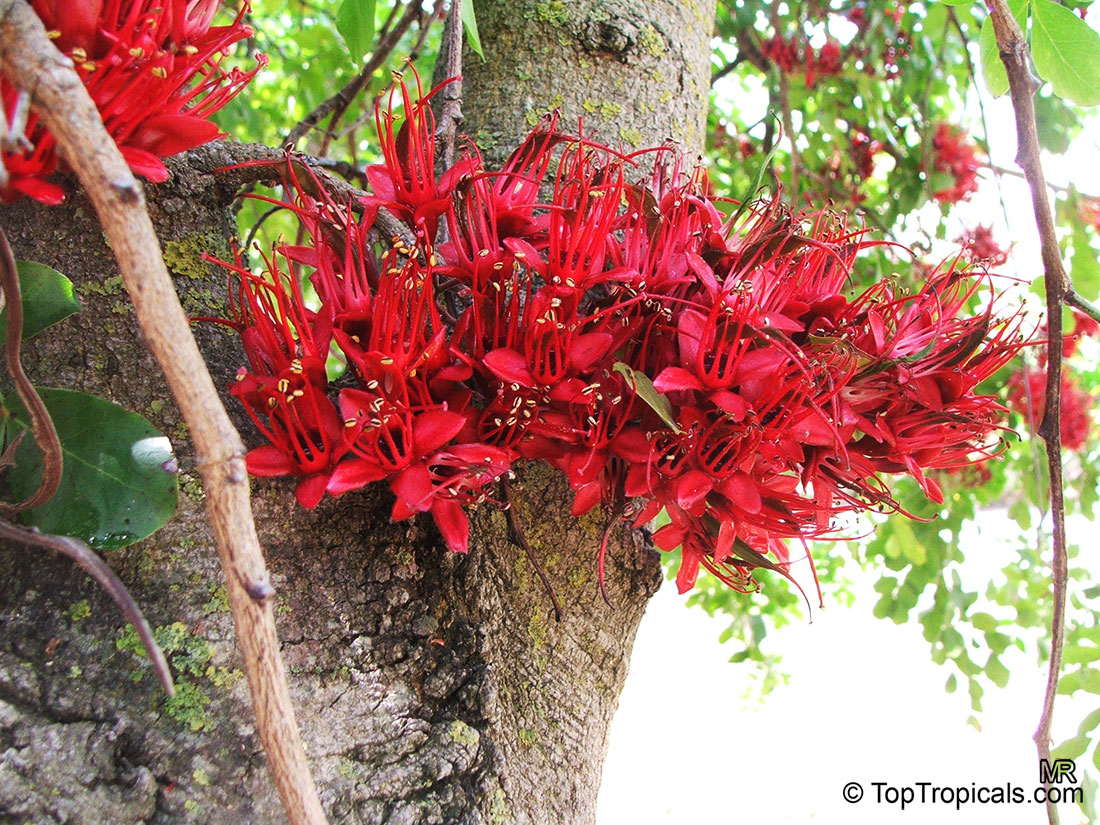
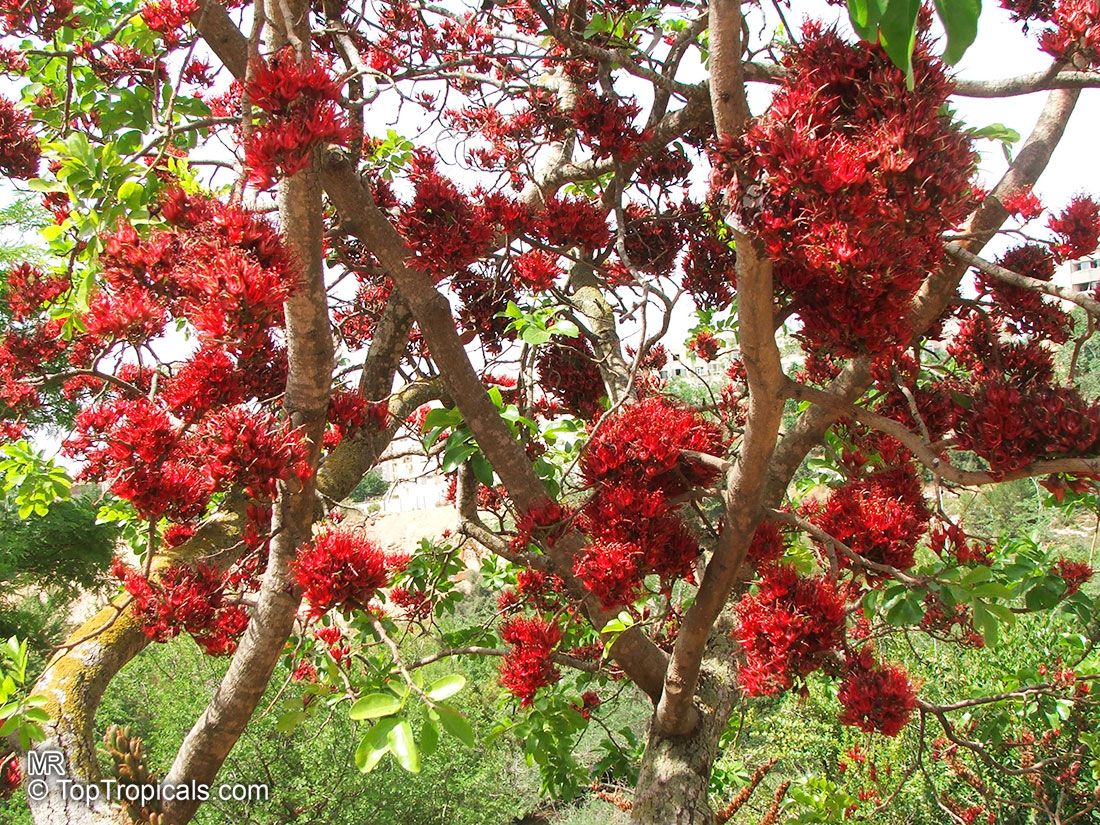
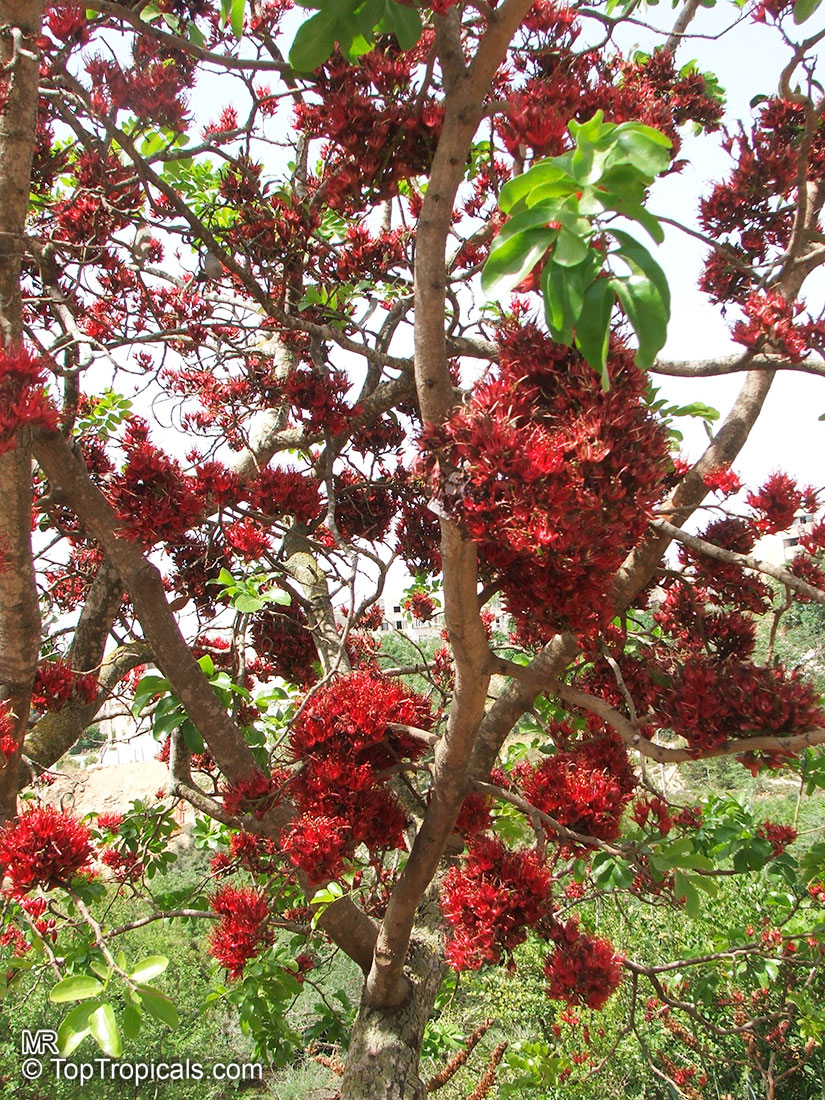
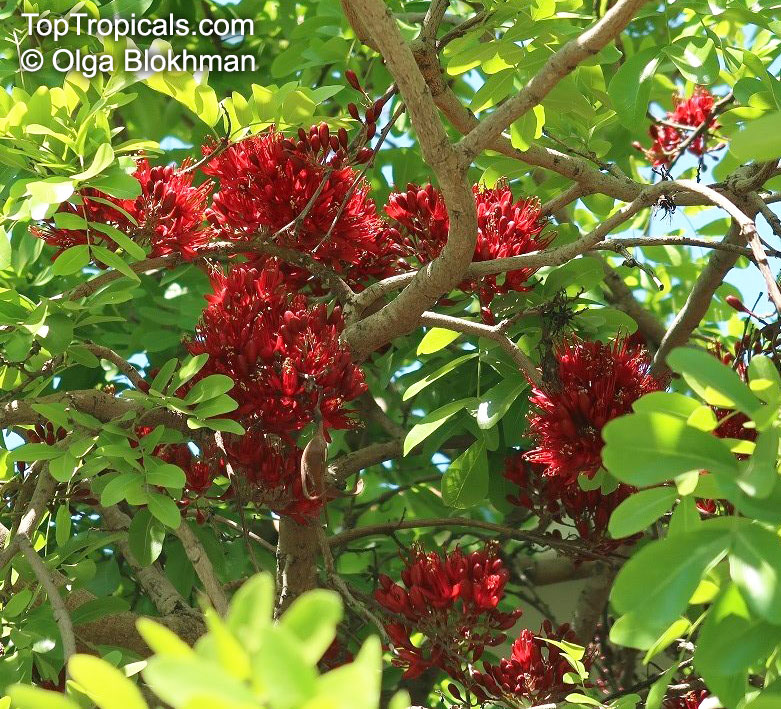
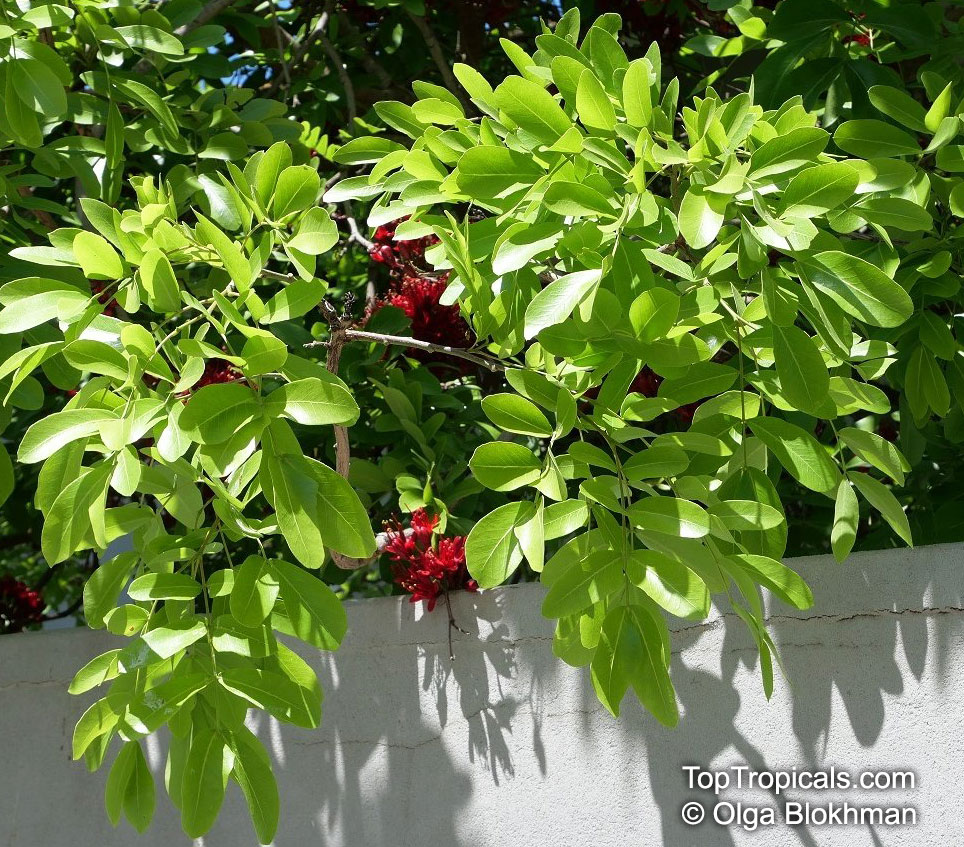
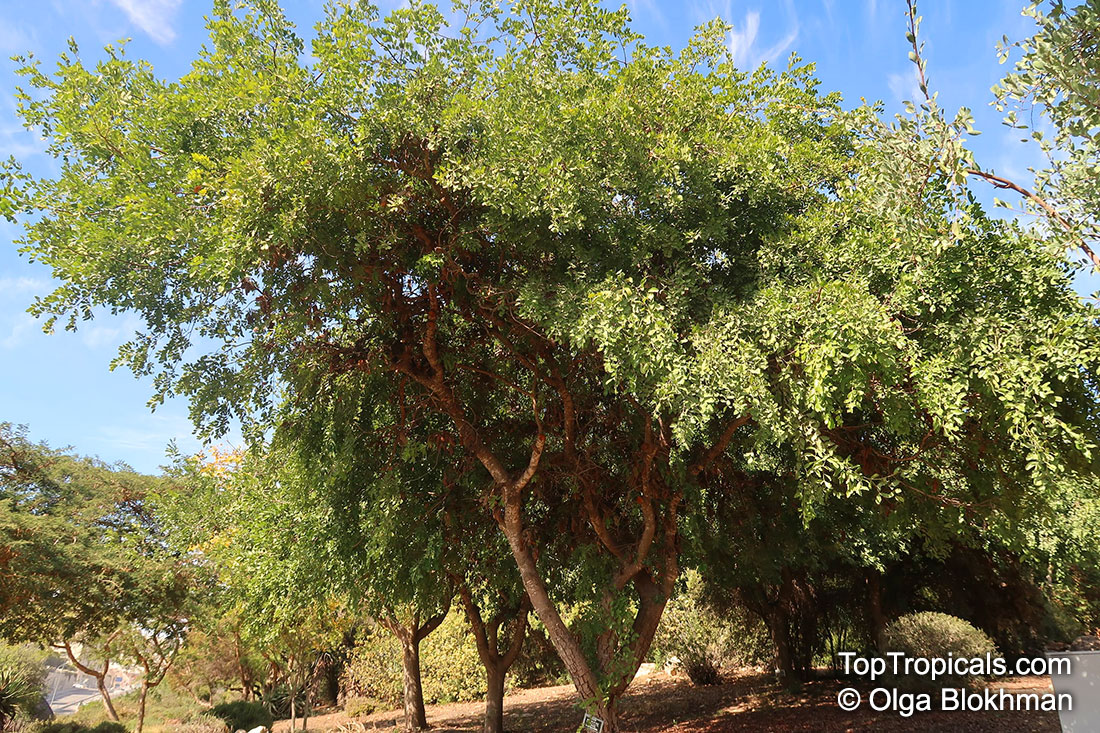
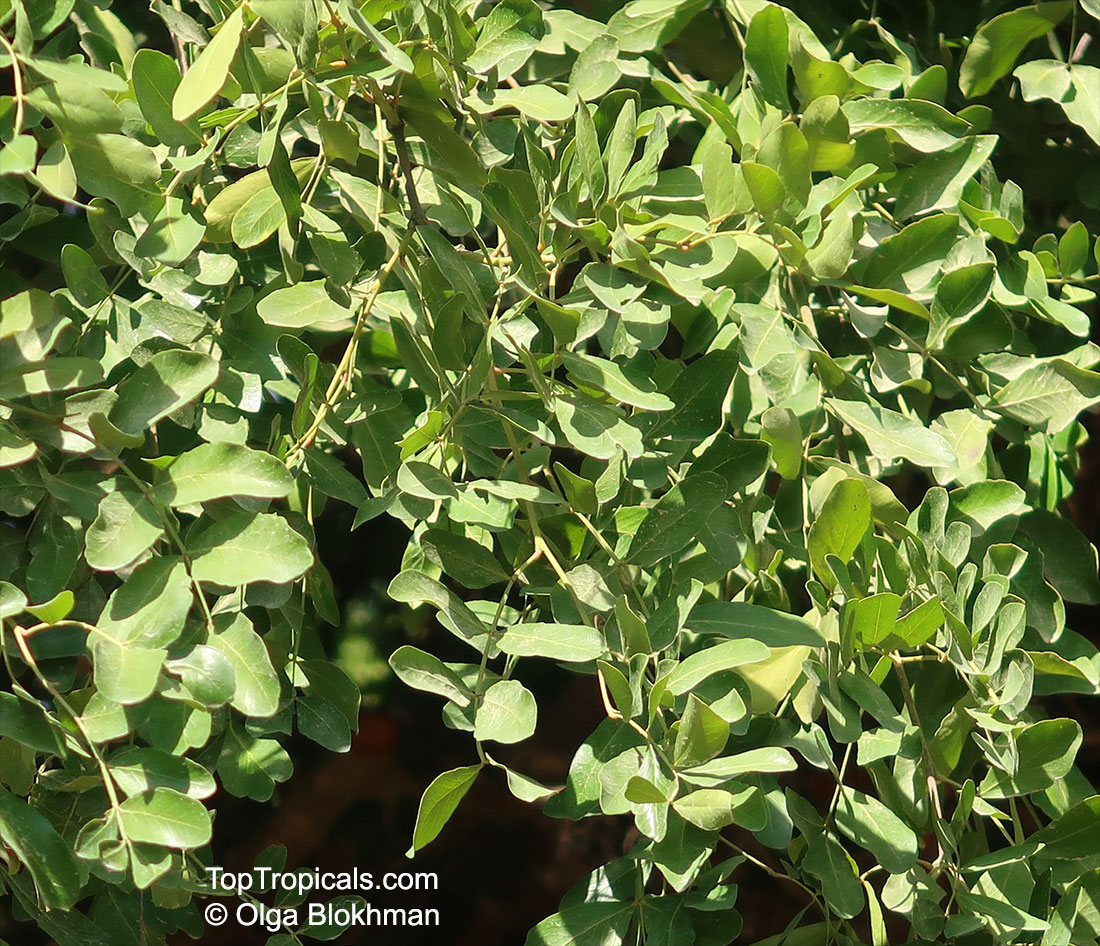
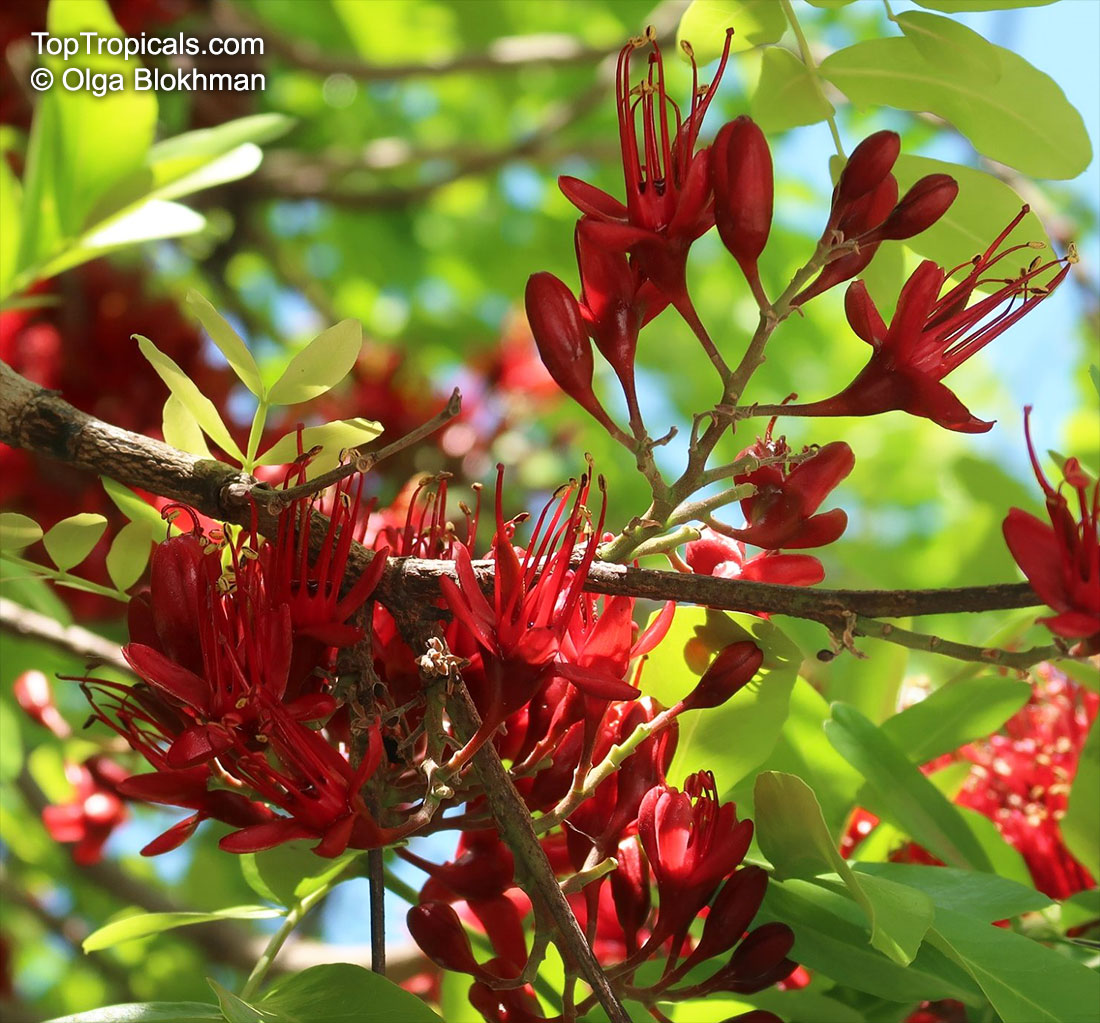

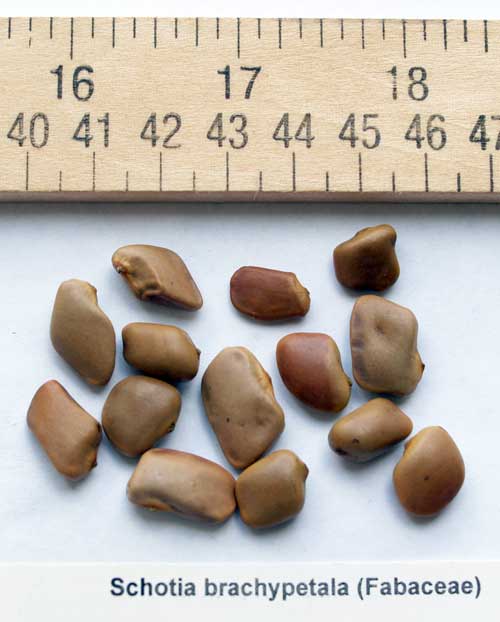
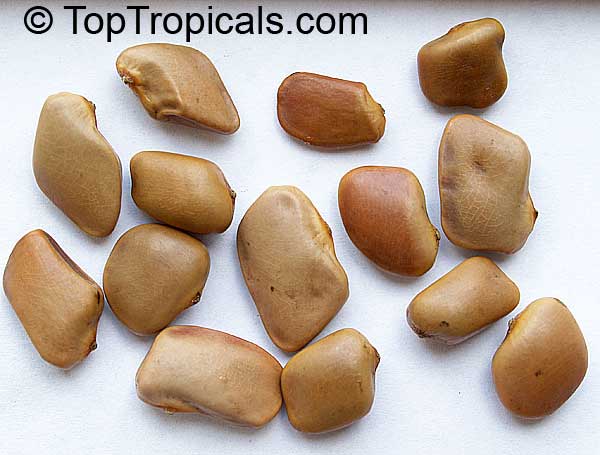
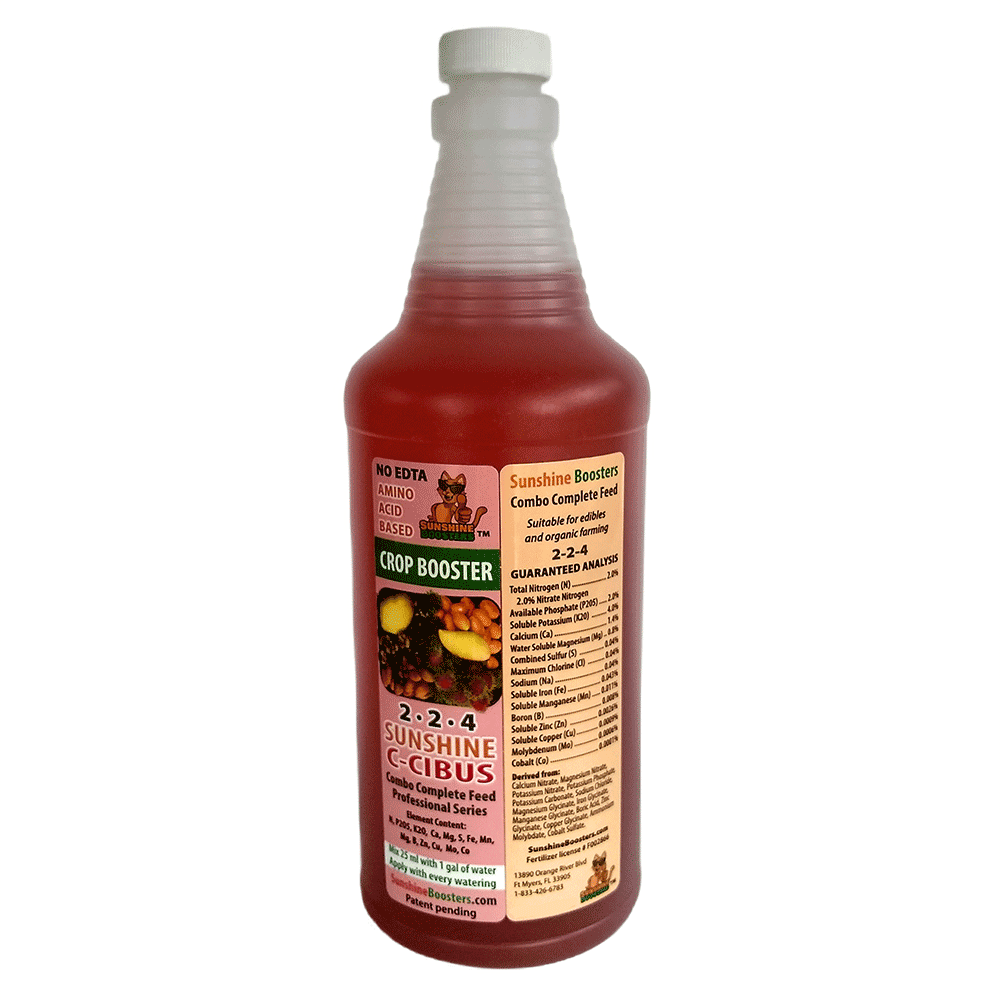 SUNSHINE C-Cibus (NPK 2-2-4) - Crop Booster for every watering.
SUNSHINE C-Cibus (NPK 2-2-4) - Crop Booster for every watering. 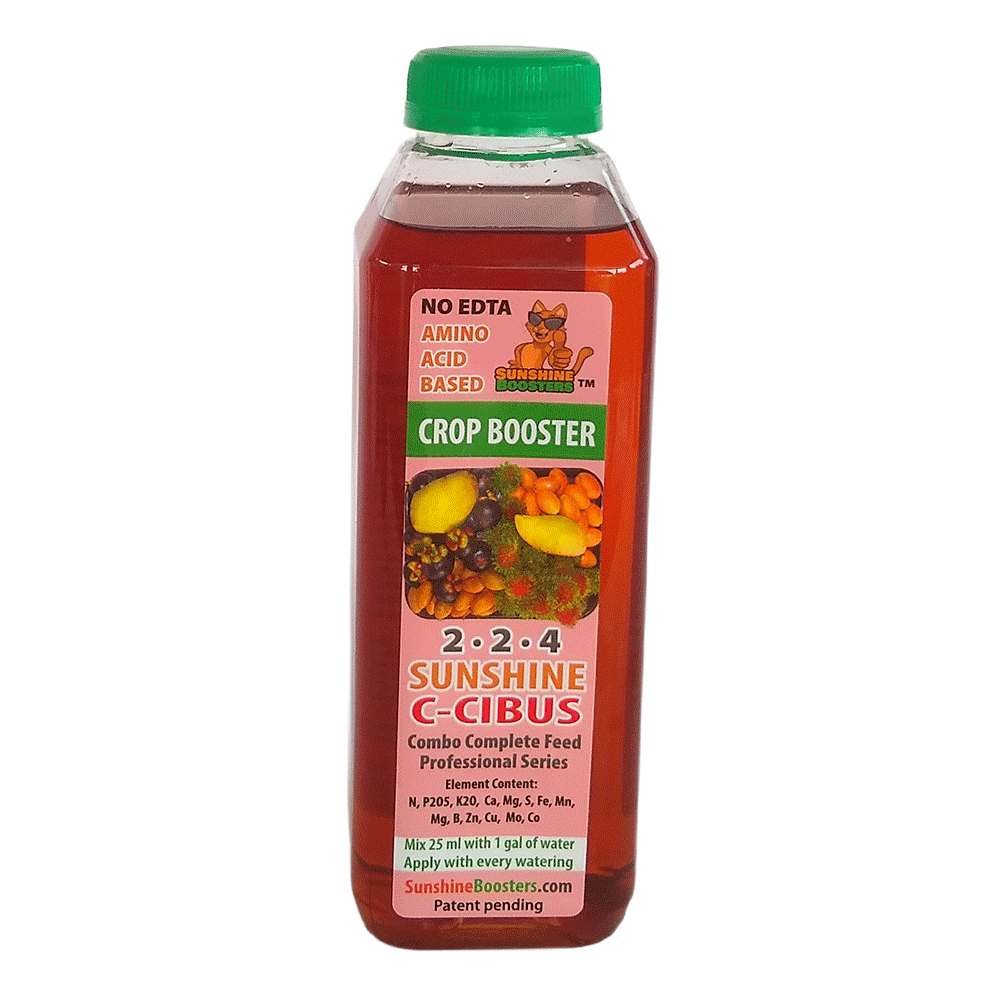 SUNSHINE C-Cibus (NPK 2-2-4) - Crop Booster for every watering.
SUNSHINE C-Cibus (NPK 2-2-4) - Crop Booster for every watering.